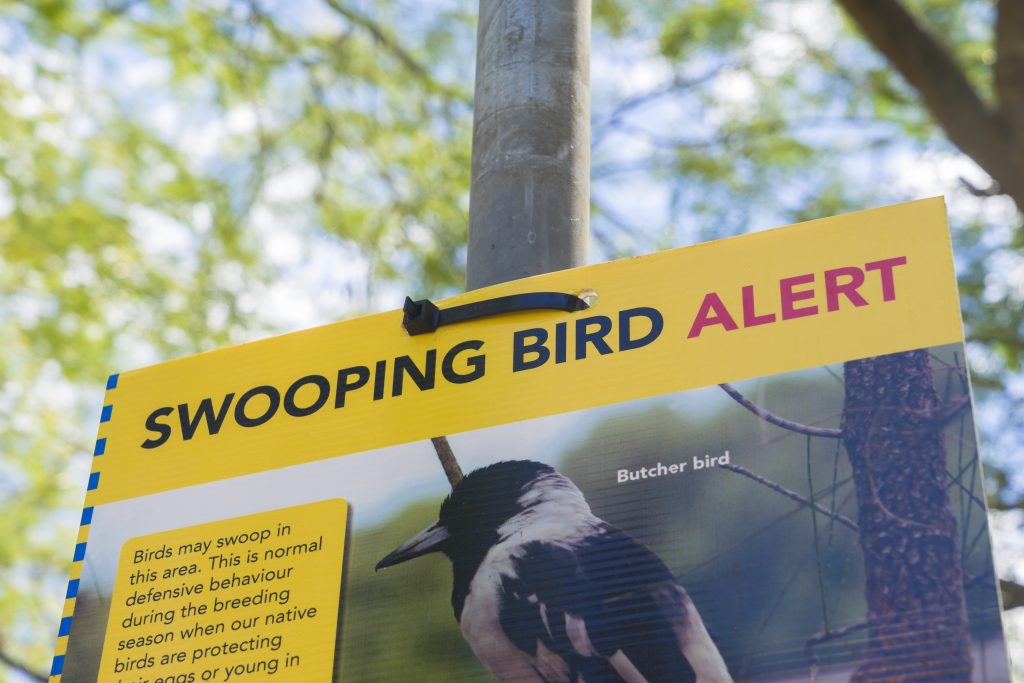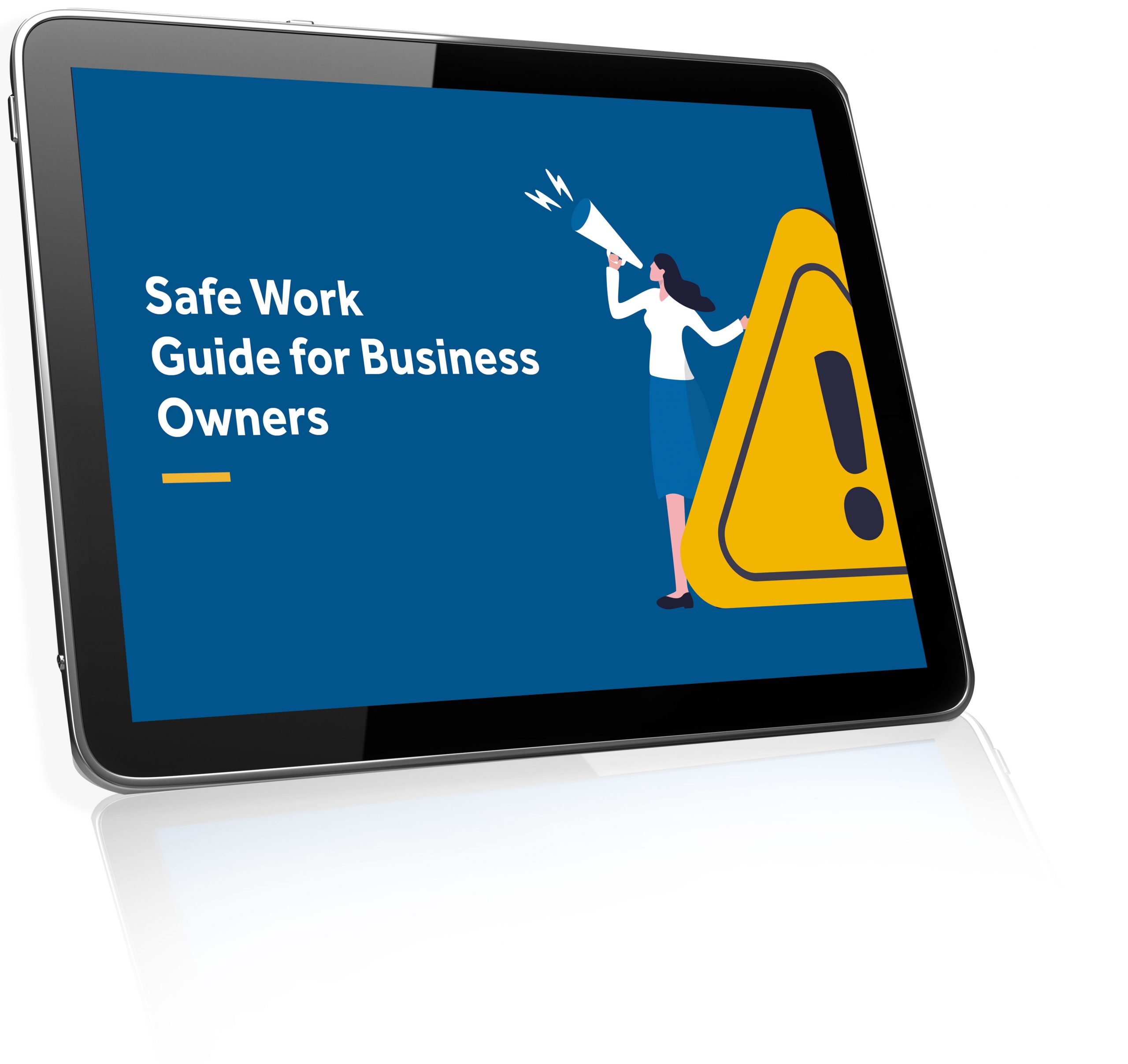

Every year across Australia and most commonly in Spring, there are multiple cases of aggressively acting native birds including, but not limited to, Magpies, Butcherbirds, Currawongs, Kookaburras, Magpie Larks, and Lapwings.
A Brisbane study has shown that only 9% of magpies are aggressive towards people and that such behaviours are primarily exhibited over an eight-week period between July and November. The primary reason for such behaviour is due to magpies having a protective instinct for their young, attacking when a threat is perceived.
Magpies that are particularly aggressive may fly directly towards an individual’s head, and in some cases, launch themselves from the ground a few meters in front of the victim.
Those subjected to a Magpie attack can experience emotions of terror, anguish, fear, or the feeling of imminent danger. The results of a Magpie attack can include scratches to the head, neck or face from the bird’s sharp beak or foot. In more serious cases, the results include loss or permanent damage to eyes, broken limbs, or some other severe injury. Furthermore, there is potential for road accidents where cyclists swerve to avoid a swooping magpie. While most victims do recover from their physical injuries, there can be long-term psychological trauma associated with being subjected to these attacks.
How does the risk of swooping birds relate to the workplace?
In a 2018 compensation case, a Woolworth’s shop assistant was awarded $17,000 for lost wages and medical and rehabilitation bills after her right eye was severely injured from an aggressive attack. The incident occurred whilst the worker was walking into the shopping centre to attend work. This case highlights the health and safety obligations and liabilities for a business.
Businesses have a duty under health and safety legislation to ensure, so far as is reasonably practicable, the health and safety of workers, contractors, visitors, and others in the workplace.

Want to create a safer work environment?
The importance of good physical and mental health in the workplace cannot be emphasised enough. Luckily, Employsure has created a FREE comprehensive Safe Work E-Guide, containing tips and resources for business owners.
What can you do to protect your employees?
For businesses operating in outdoor suburban environments, (such as mail-delivery and construction businesses), workers can be presented with the risk of being swooped on by an aggressive bird. In response, businesses should implement a policy for the management of aggressive birds and conduct a risk assessment in consultation with workers which assesses the risk and likelihood of being swooped by a Magpie. Considering the consequence and potential severity of an attack and the appropriate steps to prevent the hazardous situation from occurring or reduce the risk of injury to workers.
In the majority of cases, a bird may swoop or otherwise act aggressively, but is not considered a risk to the worker’s safety. In these instances, businesses should focus on increasing the worker’s ability to avoid negative encounters with the bird and provide greater awareness on understanding the issue and reasons for aggressive behaviour.
Businesses should provide educational material and fact sheets which increase the workers capacity to cope, providing a sense of control over the situation and address the need for safety and security. For example, educational material should emphasise the need for workers to avoid aggressive behaviour such as waving arms or shouting as this could be perceived as a threat to the magpie and trigger an attack. This proactive measure should be regularly enforced through toolbox talks and team meetings prior and during breeding season to maintain awareness on the safety risk.
Alternative control measures may include providing workers with appropriate personal protective equipment such as a broad-brimmed hat, sunglasses, or shelter under an umbrella to protect the face from swooping Magpies.
A magpie will only defend its nest within a 110m radius for workers on foot or a 150m radius for cyclists. This area radius is characterised as a ‘defence zone’. Where reasonably practical, businesses can develop alternative travel routes that avoid workers travelling through areas prone to magpie swooping attacks.
Businesses should post warning signs of nest locations and ‘defence zones’ at a worksite entrances and around the perimeter of the bird’s territory (if practical).
In the circumstance that workers are unable to avoid a ‘defence zone’, research has indicated that there is a less likely chance of being attacked when people walk in groups.
By implementing reasonably practicable control measures, (based on a risk assessment conducted in consultation with workers), businesses will be meeting their duty of care under work, health, and safety legislation, and mitigate the likelihood of workers being attacked by a swooping magpie.
Please note that this document is intended to act as general information and not supposed to replace expert advice. Consult a health and safety professional before implementing any new strategies or policies.
